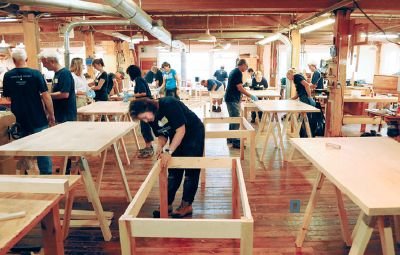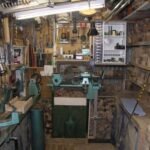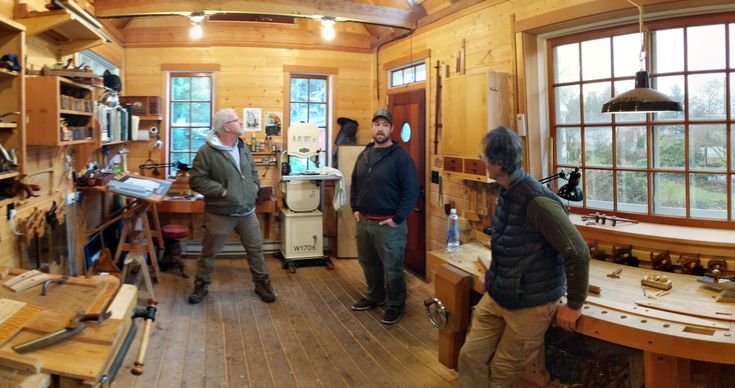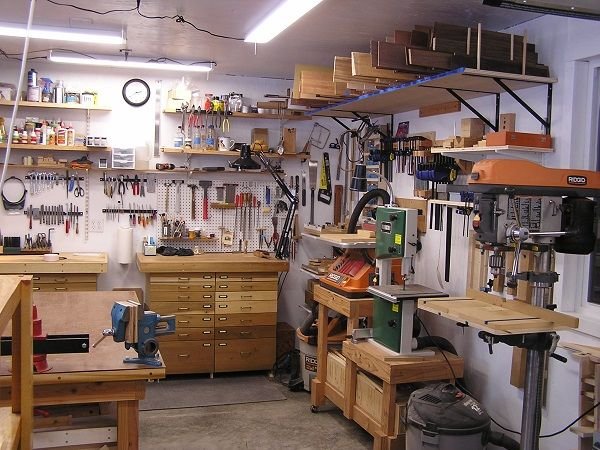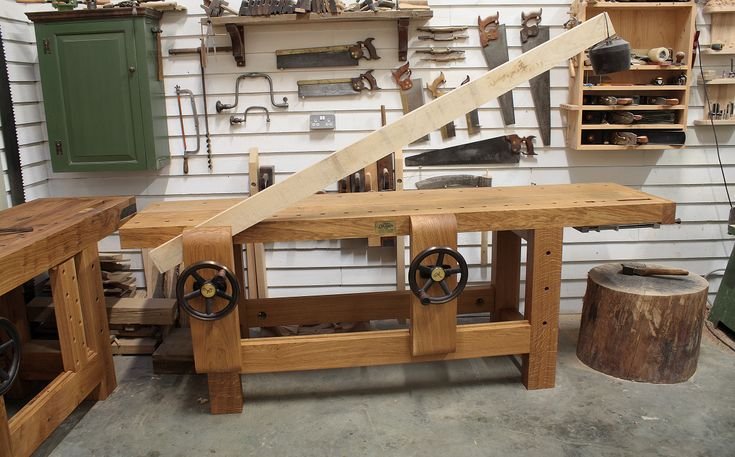The Magic of Sprung Joints in Woodworking
You know, it’s funny how life sometimes nudges you into trying things you never thought you’d try. I was always the guy who’d fiddle around with basic wood projects, making a simple birdhouse or some kitchen shelves. Nothing fancy. But one cold Saturday afternoon, stress from work had me craving an escape, and you know how it goes; when you have that itch, you just start grabbing at whatever you’ve got on hand.
So there I was, coffee in one hand and a slab of oak in the other. I had this piece just lying around for ages, its rich, golden brown color practically whispering ideas. And honestly? I was tired of just slapping boards together with screws and glue. I wanted to get a little more elegant with my builds, and that’s when I stumbled across the concept of sprung joints.
The Dive into Sprung Joints
Now, don’t ask me where I first heard about them—maybe some woodworking blog or a video. Honestly, it’s all a blur. But I remember thinking, "That sounds pretty cool, and I bet I could give it a shot." The great thing about sprung joints, as I found out, is that they just look slick, you know? The way the pieces fit together feels like magic.
So I grabbed my trusty table saw—an old Craftsman my dad passed down to me—and set to work. The smell of the fresh-cut wood filled my garage, that sweet mix of sawdust and oak that gets you hooked every time. I was so focused, nearly forgetting about my coffee until it went cold, which is saying something!
But boy, was I naive.
The Learning Curve
Let’s just say I thought it would be as easy as pie. Just cut some angles, slap ’em together, and voilà! But as I was cutting those doors for a small cabinet, I made a rookie mistake. I didn’t quite understand how to measure the spring mechanism properly, and before I knew it, I had one door way too tight and the other flopping around like it was on a hinge designed by a three-year-old.
I almost tossed the whole project out, but then something in me took a stand. I could feel my father’s voice in my head saying, “Stick with it; you learn more from your mistakes than your victories.” And boy, was he right!
Finding My Groove
So, I took a breath, sat down for a moment, and tried to reorient myself. I grabbed a pencil and sketched out how I wanted the joint to work. I’ll tell ya, it felt like I was back in middle school drawing wobbly diagrams of my science project, but it helped. After a few frustrating afternoons, I got my measurements down—my number two pencil once again became my trusted ally.
I ended up using some Poplar for the joints, which I thought would be a nice touch. It was softer, so it cut better than oak. It had this almost minty scent when I was cutting it, a welcome change from that robust oak smell I had been living with.
After a few tries, I finally cut a pair of spring joints that fit snugly without a hint of wobble. I laughed when I realized it actually worked! I had been so afraid something would go wrong that I forgot to enjoy the small victories along the way. The sheer satisfaction of hearing that satisfying “thunk” as the doors clicked into place was something I’ll cherish for a while.
The Unexpected Benefits
It’s funny how small victories lead to much bigger realizations. I found I wasn’t just enjoying the work—I was actually learning about fitting things together in a way I hadn’t before. There was something meditative about that process. It felt like problem-solving in real-time; to see how these pieces interacted made all the frustration and missteps worth it.
Now, I’ve got a little cabinet that I’m proud of. Friends keep encouraging me to sell my work, but honestly, that’s not really why I do it. The joy of building something with my own two hands and knowing how far it came, with all its flaws, is what makes it special.
A Warm Cup of Perspective
Thinking back on that whole experience, I realize it’s easy to get disheartened when things don’t go as planned, especially in woodworking. But those moments, where you’re questioning everything, are often where the real magic happens.
So, if you ever find yourself thinking about trying sprung joints or any other woodworking trick, just go for it. Don’t be afraid to mess up. Those screw-ups? They’re just stepping stones to something better. Trust me, the thrill of figuring it out is worth every bit of chipped wood and every can of coffee you go through. You never know; you might just end up with a cabinet—and a few lessons—that bring a smile to your face.

